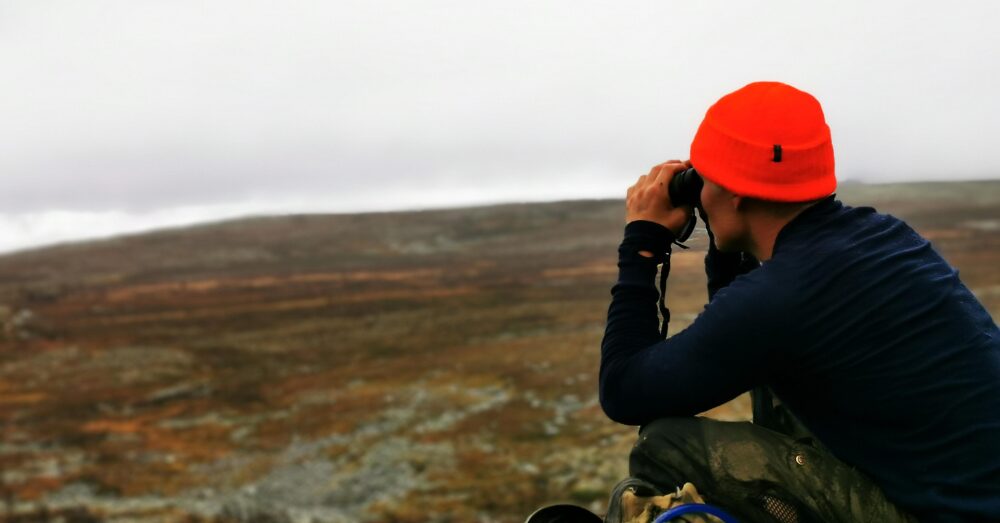Planning your first public land hunt can feel a little overwhelming at first, but with the right prep, it can also be a rewarding way to connect with nature and enjoy time outdoors. Whether you’re headed to a small game area in Indiana like Atterbury Fish and Wildlife Area or venturing into a larger expanse like Missouri’s Mark Twain National Forest or Wisconsin’s Chequamegon-Nicolet National Forest, a little preparation goes a long way.
Here are some simple steps to help you get started.
Start with the Right License and Rules
Before anything else, make sure you have the right hunting license and tags for the season and game you’re after. Rules can vary from state to state, and even from one property to another, so double-check local regulations.
Indiana’s DNR website is a good place to start if you’re planning to hunt at places like Atterbury FWA. They post season dates, bag limits, and maps, and you can often buy your license online. Public lands like Mark Twain or Chequamegon-Nicolet might involve federal or state agencies, so always review both sets of rules before heading out.
Scout the Area Before You Go
If you can, take a trip to the area before your hunt. Look for signs of wildlife like tracks, bedding spots, and food sources. Pay attention to terrain, cover, and access points. Apps like onX Hunt or HuntStand can help you understand land boundaries and mark spots worth revisiting.
Atterbury FWA is smaller and more managed than some of the massive national forests, so scouting there might include checking for hunting zones, safety areas, or limited-use zones. In larger forests, expect more ground to cover and fewer marked trails, so plan accordingly.
Pack Smart for Public Land
You don’t need to bring everything you own, but a good daypack with essentials will help. Be sure to include:
- Proper clothing for the season: layers work best
- Blaze orange if required by your state
- A detailed map and compass
- Snacks and water
- A basic first-aid kit
- Your hunting license and any required permits
- Binoculars and rangefinder (if you have them)
If you’re hunting in larger, more rugged areas like Chequamegon-Nicolet, you might also want to carry extra food and a portable charger, just in case you’re out longer than planned.
Practice Before You Head Out
Whether you’re using a bow or a firearm, spend time practicing before opening day. Knowing your weapon and being confident in your shot makes a big difference in the field. Practice from different angles and distances, especially if you’ll be hunting from a tree stand or in thick cover.
Respect the Land and Fellow Hunters
Public land means shared space. Always follow posted signs, don’t crowd other hunters, and leave no trace. Clean up after yourself and report anything unsafe or illegal to the local wildlife office.
Getting familiar with how public hunting areas operate, especially smaller spots like Atterbury or sprawling forests like Mark Twain, will help you avoid surprises and keep your experience safe and enjoyable.
Enjoy the Learning Process
Your first public land hunt might not end with a filled tag, and that’s okay. Part of the fun is learning about the land, the animals, and yourself. Take it one step at a time, stay safe, and enjoy the adventure.

